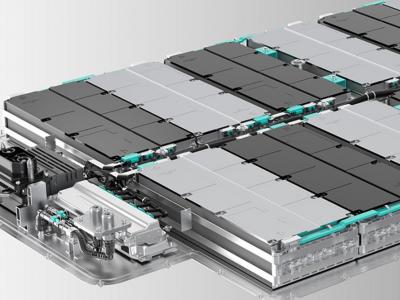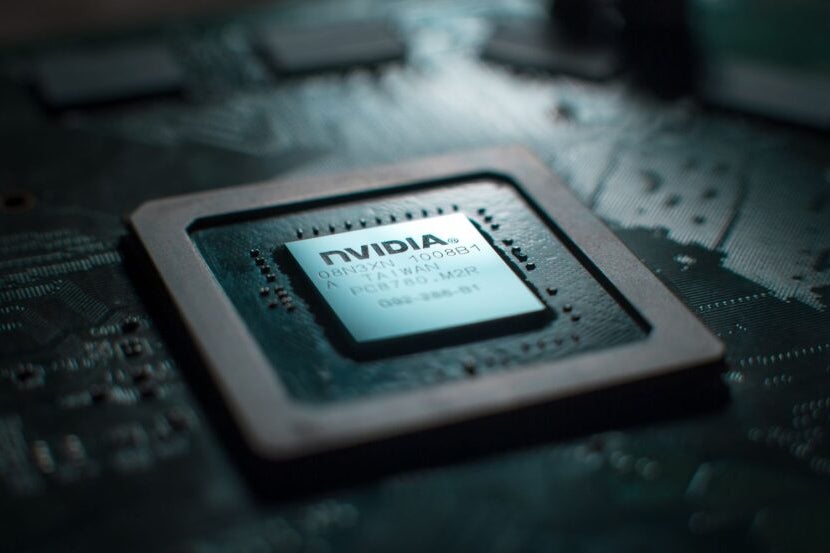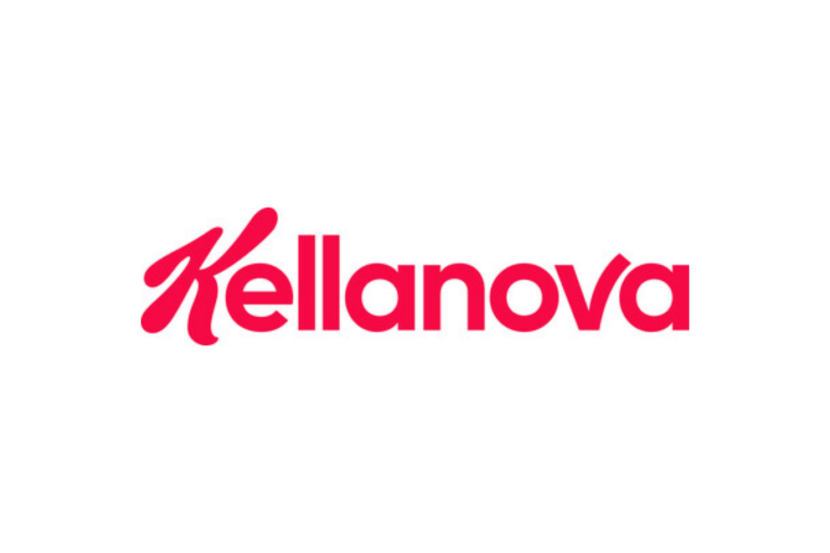Chinese electric vehicle manufacturer Nio, Inc. (NYSE: NIO) has a strong following among retail investors, who are convinced of the company’s potential to thrive in the electric vehicle market.
Nio’s Debut, Initial Years: Nio’s ADSs were listed on the NYSE in mid-September 2018 following an initial public offering of 160 million shares priced at $6.26 each. The stock closed the debut session with a modest gain of 5.4% at $6.60 and went on to more than double over the next following sessions.
Subsequently, the stock was largely rangebound between $6 and $8 until the middle of March 2019.
Nio, founded as a pure play EV startup in China in 2014, launched its first mass-manufactured model, the ES8, an all-electric SUV, in December 2017, and deliveries of the vehicle began in June 2018.
Then came the ES6, also an SUV, which was commercially made available in June 2019. The third vehicle model from Nio’s stable was the EC6. Nio began delivering this vehicle to its customers in September 2020.
Cash Crunch Comes To Haunt Nio: As Nio’s cost of operations ballooned, the top-line growth and the existing avenues of financing were inadequate to finance its daily operations.
In the earnings report for the fourth quarter of 2019, Nio sounded a “going concern” warning, stating there was substantial doubt about its ability to continue as a going concern given the mounting losses, net cash outflows, negative working capital, negative equity and uncertainties on consummation of the financing projects.
As of Dec. 31, 2019, the company had cash and cash equivalents of $151.7 million, a measly sum relative to the huge funding needs of a company operating in a capital-intensive sector.
In 2019, the company delivered 20,565 vehicles and reported revenues of $1.124 billion.
It was amid this fundamental turmoil that Nio’s stock fell precipitously to a low of $1.19 in October 2019, a more than 80% drop from its IPO price. After staging a modest recovery, the stock closed the year at $4.02.
Related Link: Tesla, Nio Shares Diverge: What Does It Signal For The EV Companies?
Nio’s Turnaround Begins: In mid-January 2020, Nio confirmed it has explored financing and strategic opportunities with Guangzhou Automobile Group. Subsequently, in the month of February, through two private placements, the company raised a combined $200 million.
Nio announced on Feb. 25 it has entered into a collaboration framework agreement with the municipal government of Hefei, in Anhui province, where the company’s main manufacturing hub is located.
The agreement provided for the local government supporting Nio with resources and funding. In return, Nio opted to relocate its China headquarters from Shanghai to Hefei.
Thereafter, the company steadily shored up its cash position through a combination of debt and equity offerings and strategic investments.
By the end of 2020, the company more than doubled its revenues to $2.492 billion and delivered 43,728 vehicles. More importantly, its cash position swelled to $6.5 billion at the end of 2020.
Even amid the pandemic, the company managed its fundamental performance well. Deliveries did take a hit in January and February before recovering in March as the company pushed ahead with its products and services focus.
The stock dipped to a low of $2.11 in mid-March 2020 but came roaring back up in the second half.
From $4.02 at the end of 2019, it closed 2020 at $48.74, an 1,100% annual gain.
The stock advanced further in 2021, hitting an all-time high of $66.99 on Jan. 11. Since then, it has pulled back and consolidated amid industry-wide concerns, macroeconomic worries and valuation fears.
Nio’s Superior Returns: If an investor had put in $1,000 in Nio stock at the end of 2019, they would have bought roughly 249 shares.
Taking the stock’s closing price of $46.91 on June 21, 2021, the value of the investor’s Nio holdings would now be $11,681, an 1,168% gain over a timeframe of 18 months.
What’s In Store For Nio: Nio has evolved as a provider of EVs catering to the premium segment, and its premium reputation continues to grow. Services such as battery-as-a-service and autonomous driving-as-a-service are aimed at making Nio vehicles affordable.
Nio’s yet-to-be launched ET7 sedan recently won the 2021 Red Dot Product Design Award from Red Dot GmbH, a German organization.
The company has also set the ball rolling on its international expansion with its Norwegian market entry.
At the end of the first quarter of 2021, Nio’s long-term debt stood at $2.1 billion and its cash position was at $7.3 billion.
The company has also managed to keep its costs in check and this is reflected in the inflection in its gross margin to positive territory.
The stock trajectory going forward will largely hinge on how well Nio is able to continue with its fundamental improvement.
Photo: a Nio battery. Courtesy photo.
(C) 2021 Benzinga.com. Benzinga does not provide investment advice. All rights reserved.





